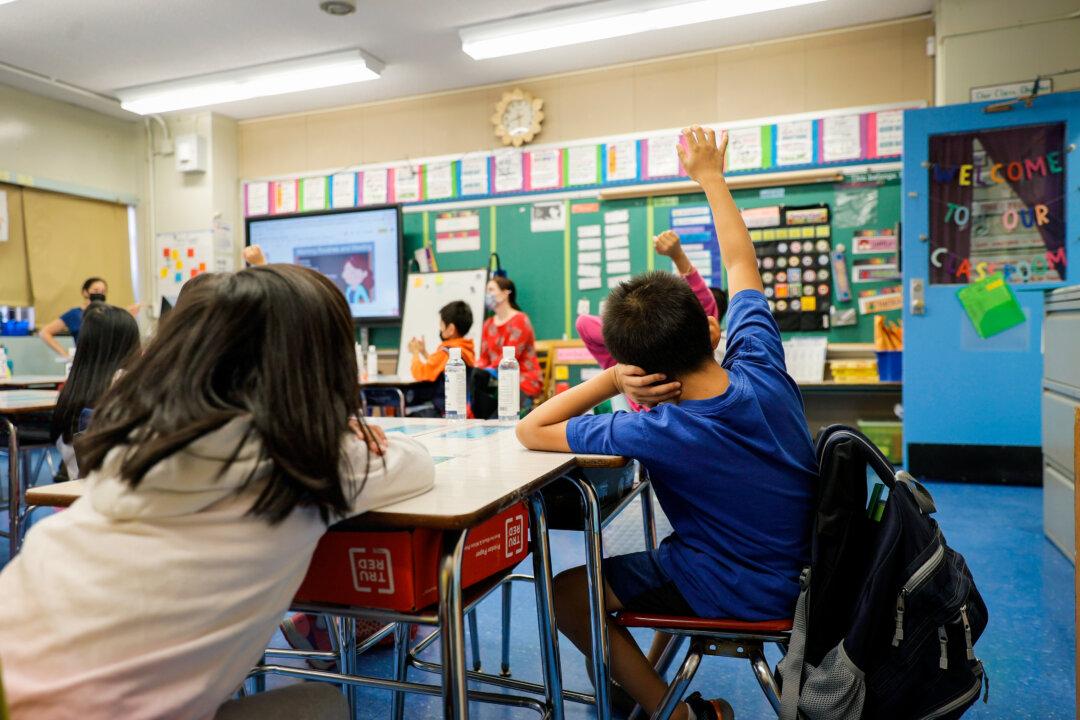American 9-year-olds suffered a dismal drop in their math and reading scores during the COVID-19 pandemic, the latest federal assessment data shows.
The report released Thursday by the National Assessment of Educational Progress (NAEP), popularly known as the “Nation’s Report Card,” paints a bleak picture of how decades of academic progress were erased in the past two years, a period marked by prolonged school closures, on-and-off remote learning, and amplified social isolation.





